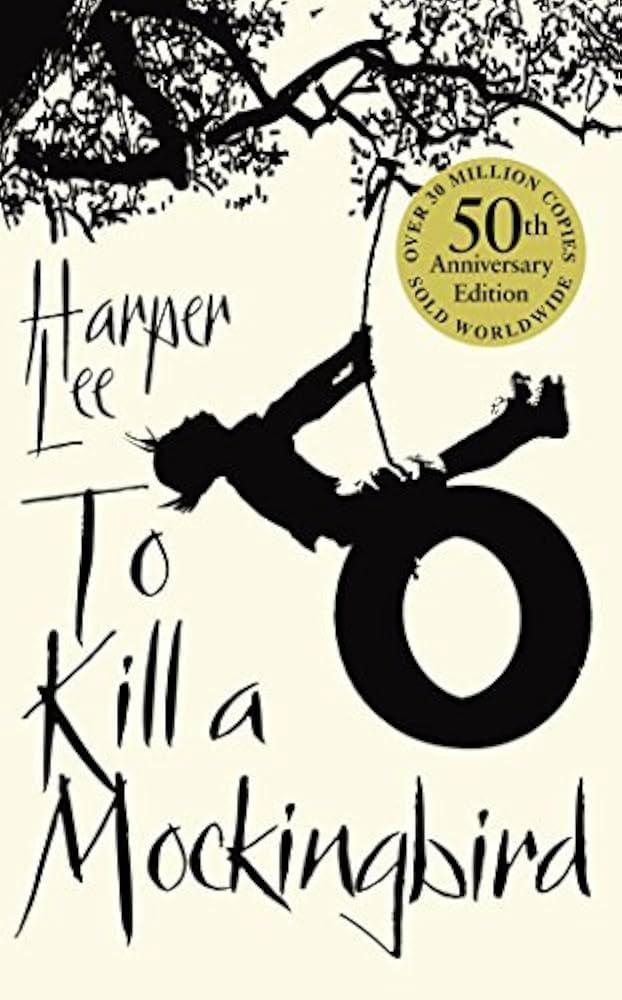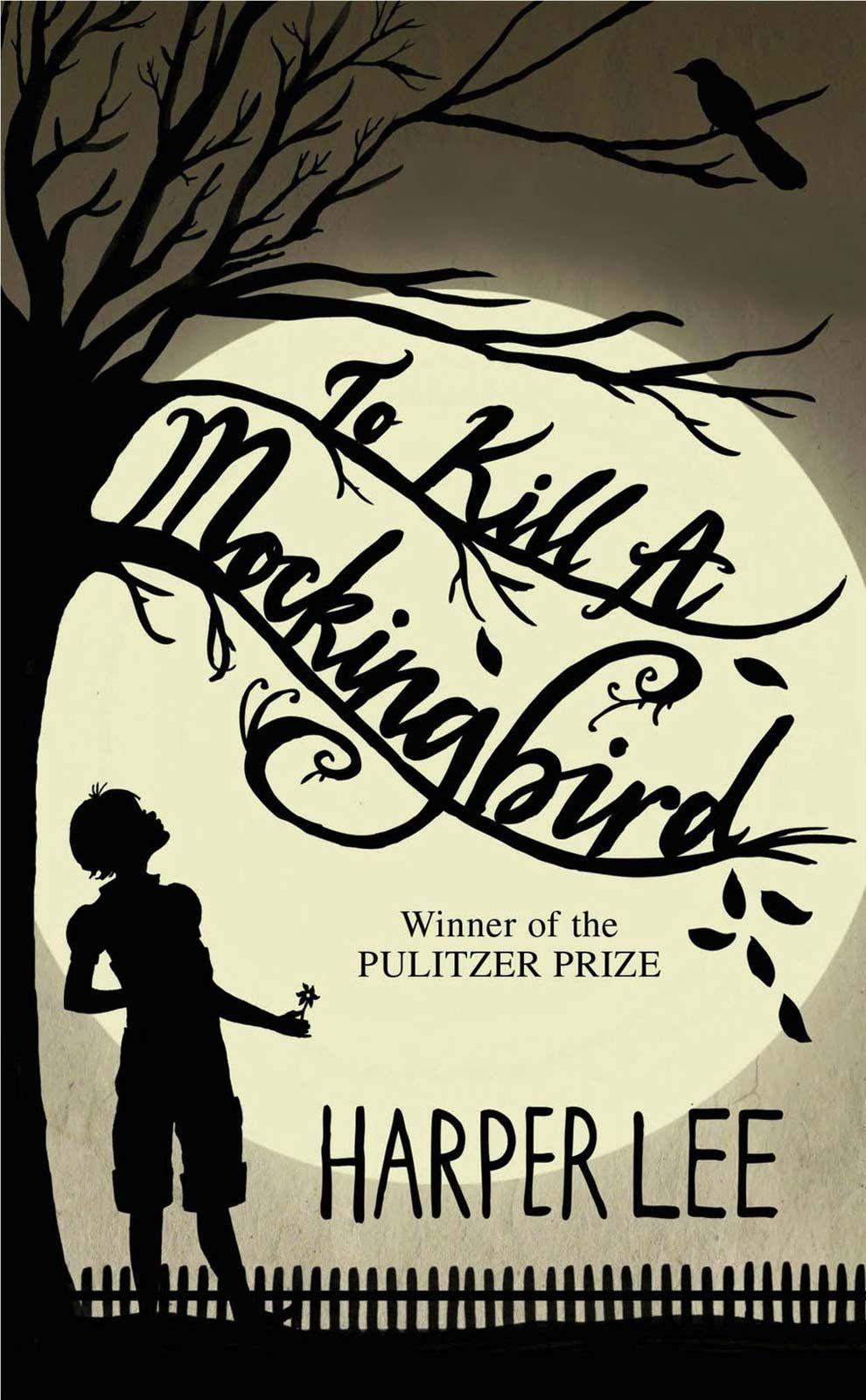Harper Lee‘s To Kill a Mockingbird, published in 1960, has long been heralded as a seminal work in American literature, lauded for its poignant exploration of race relations in the Deep South during the 1930s. Yet, as society continues to evolve and the discourse surrounding race becomes increasingly nuanced, the question arises: does this classic novel still effectively address race relations for today’s readers? This article seeks to analyze the novel’s treatment of racial themes through a contemporary lens, examining its historical context, narrative strategies, and the varied interpretations it has inspired over the decades. By assessing its impact and relevance in the current socio-political climate, we aim to understand whether To Kill a Mockingbird retains its educational value and moral authority in discussions about race, justice, and empathy.
Examining Historical Context and Its Impact on Modern Perceptions
The historical context of To Kill a Mockingbird is deeply rooted in the racial tensions of the American South during the 1930s. This era was characterized by segregation, Jim Crow laws, and an entrenched system of racial discrimination that Harper Lee sought to illuminate through her narrative. However, the lens through which modern readers view these historical dynamics has evolved significantly. As society progresses, there is a growing awareness of the limitations and nuances in Lee’s portrayal of race relations. The depiction of African American characters, for example, has been critiqued for its reliance on stereotypes and lack of agency.
Modern perceptions are shaped by an increased emphasis on authentic representation and the voices of marginalized communities. Today’s readers often expect literature to not only depict racial injustice but to also offer a platform for the diverse experiences and perspectives of those affected by it. Some key considerations for contemporary audiences include:
- Complexity of Characterization: Are the characters multidimensional, or do they fall into simplistic archetypes?
- Narrative Authority: Who is given the voice and power to tell the story?
- Cultural Sensitivity: Does the narrative challenge or perpetuate existing stereotypes?
By examining these aspects, readers can better understand the interplay between historical context and its impact on the book’s relevance today. This critical engagement allows for a richer discussion on how literature can both reflect and shape societal attitudes towards race.

Analyzing Character Development and Representation of Race
Harper Lee’s portrayal of character development in To Kill a Mockingbird intricately weaves through the fabric of race relations, providing a lens into the racial dynamics of the American South during the 1930s. Atticus Finch emerges as a moral beacon, yet his role as a white savior can be scrutinized for perpetuating a narrative where Black characters rely on white intervention. Tom Robinson, on the other hand, is portrayed with dignity and empathy, but his character remains largely passive, shaped more by the perceptions of others than by his own actions. This duality raises questions about the depth of racial representation and the autonomy of Black characters in literature.
For today’s readers, the novel’s handling of race may appear both progressive and limited. While it underscores the importance of empathy and justice, it also reflects the racial hierarchies of its time. Consider the following aspects:
- Empathy and Moral Growth: Characters like Scout and Jem evolve in their understanding of racial injustices, offering a narrative of moral awakening.
- Racial Stereotypes: The portrayal of Black characters often lacks complexity, serving more as catalysts for the growth of white characters than as fully-realized individuals.
- Historical Context: The setting provides a backdrop for examining systemic racism, yet the solutions presented remain tied to individual morality rather than systemic change.
As such, readers today might find the novel’s approach both a stepping stone and a point of reflection in the ongoing dialogue about race and representation.

Evaluating Narrative Techniques and Their Influence on Readers
When examining the narrative techniques in Harper Lee’s To Kill a Mockingbird, it is crucial to consider how these elements shape reader perceptions, particularly regarding race relations. First-person narration, delivered through the eyes of young Scout Finch, serves to provide a lens of innocence and curiosity, allowing readers to confront racial injustices with fresh, untainted perspectives. This technique invites readers to question their own biases and assumptions, as Scout’s evolving understanding of her community’s racial dynamics unfolds. Furthermore, symbolism plays a pivotal role, with characters like Atticus Finch representing moral integrity and the mockingbird symbolizing innocence destroyed by evil, prompting readers to reflect on the moral implications of prejudice and empathy.
Additionally, Lee’s use of dialogue and dialect authentically captures the socio-cultural environment of the American South during the 1930s, immersing readers in the historical context while simultaneously challenging them to draw parallels to contemporary issues. Through the portrayal of complex characters and their interactions, the novel encourages readers to engage in critical discussions about justice and equality. While some may argue that the book’s historical setting limits its relevance, others find its themes timeless, offering a framework for understanding and addressing modern racial issues. The effectiveness of these techniques ultimately hinges on the reader’s willingness to engage with the text critically and empathetically.

Recommendations for Educators on Addressing Complex Themes
Incorporating complex themes such as race relations in the classroom can be challenging, yet crucial. Educators are encouraged to create a safe and open environment where students feel comfortable discussing sensitive topics. This can be achieved by setting ground rules for respectful dialogue and encouraging students to share their perspectives without fear of judgment. Providing historical context can also help students understand the societal norms during the time the book was written, offering a lens through which they can critically analyze its themes.
- Supplement the text with diverse materials: Introduce contemporary resources, such as articles, documentaries, or guest speakers, to provide multiple viewpoints on race relations.
- Encourage critical thinking: Ask students to compare the themes in the book with current events or other literary works that address race.
- Facilitate reflective activities: Assign reflective essays or journals where students can express their personal responses to the book’s themes.
- Promote collaborative projects: Group activities can allow students to explore different aspects of race relations and present their findings creatively.
By adopting these strategies, educators can foster an inclusive and thought-provoking learning experience that resonates with today’s readers, helping them to not only understand the historical context but also engage with ongoing discussions about race in society.
